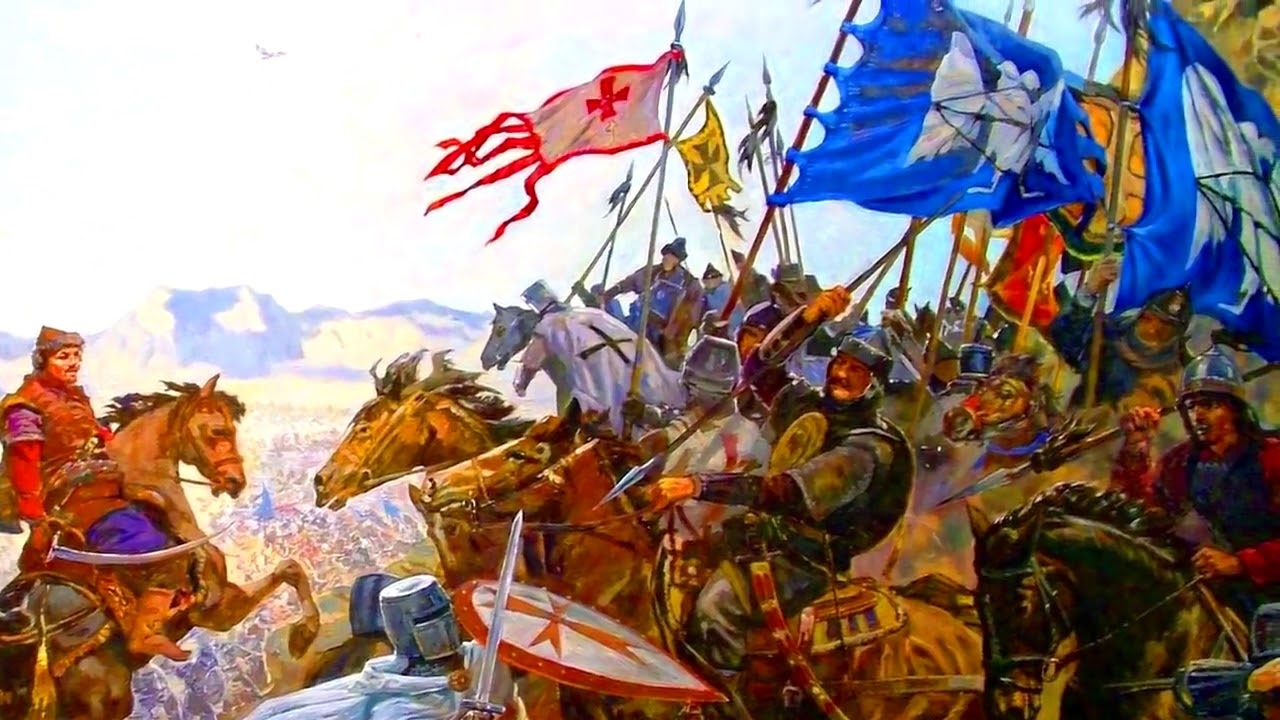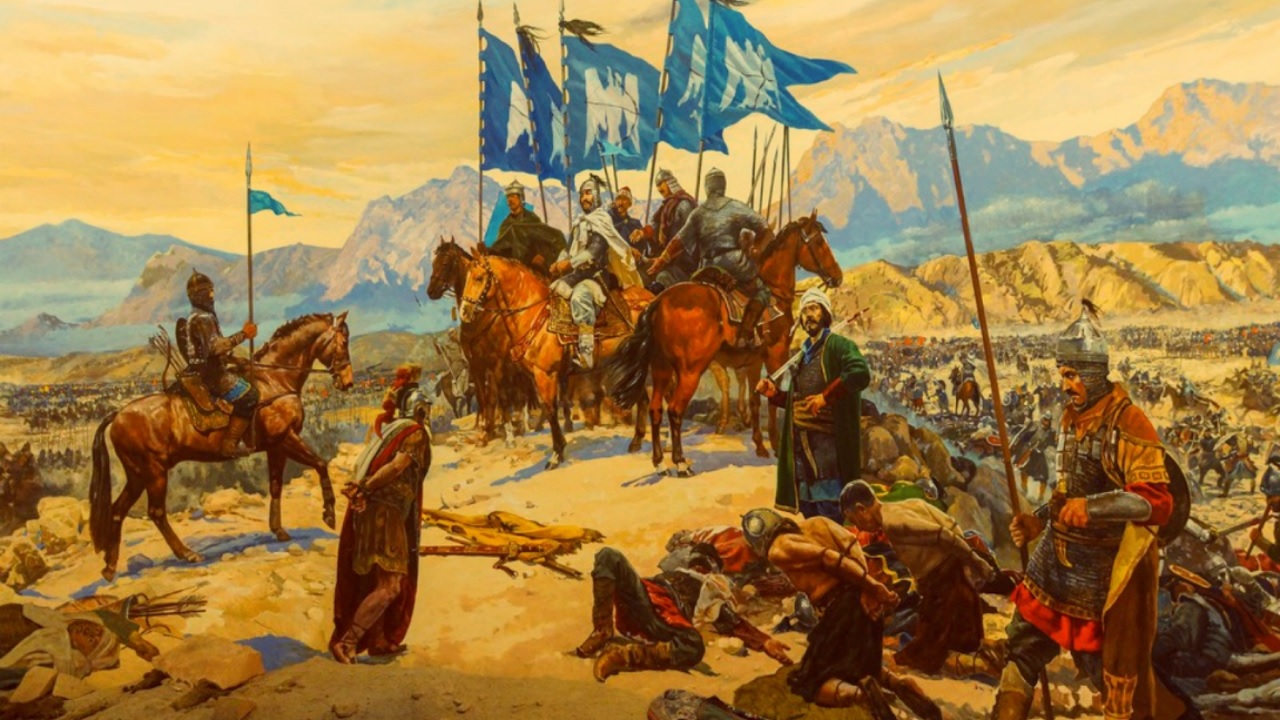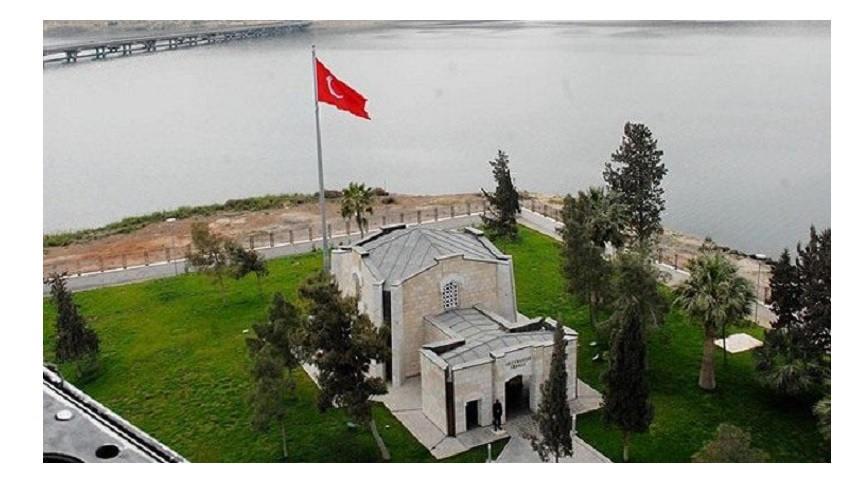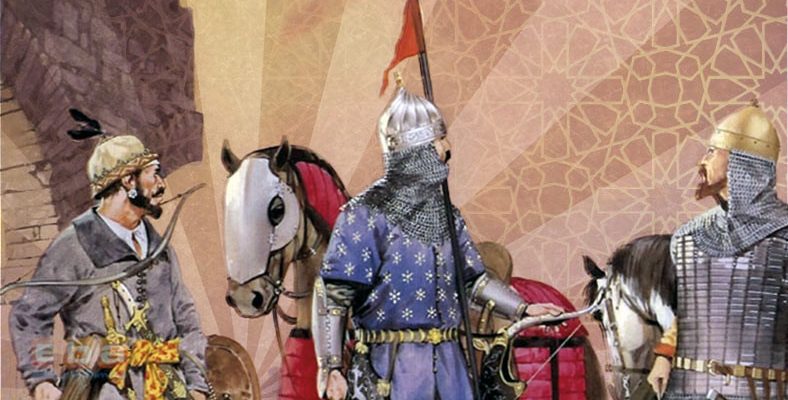Suleyman Shah, who is considered the founder of the Anatolian Seljuk State, is one of the most important historical figures who confirmed the Turkish presence in Anatolian lands. There are not many details about his life, but it is known that he made numerous conquests and contributed especially to the Turkification of the eastern lands.
Throughout their thousands of years of history, Turks have established countless states and brought about the end of countless states. Each of these, like a step, carried the Turks forward and formed the foundations of today’s Republic of Turkey. Suleyman Shah founded the Anatolian Seljuk State, one of the most important Turkish states. Süleyman Şah, the father of Ertuğrul Gazi, whose tomb is in Syria, is another figure.
Unfortunately, since we are a nation that does not attach much importance to official historiography, we About historical figures such as Suleiman Shah What we know is extremely limited and much of the information is based on foreign sources. For this reason, what we know about Süleyman Shah consists mostly of his experiences with the Great Seljuk Sultan and Byzantium. Let’s take a closer look at these.
Who is Suleiman Shah? Warrior son of a rebel father:
One of the four or five known sons of Kutalmış, a Turkish ruler who was born in the 11th century, is Süleyman Şah. Kutalmış was given to Alparslan, the ruler of the Great Seljuk State, approximately in 1061. He rebelled for an unknown reason. For this reason, it was even wanted to kill Kutalmış and his sons, but the vizier Nizamü’l-Mülk dissuaded the sultan, saying that this would bring bad luck.
When Melikşah ascended to the Great Seljuk throne in 1073, together with the great Turkish tribes such as Tutak and Artuk, Kutalmış’s sons were also sent to Anatolia. These two families, which always had a conflict between them, made peace with the intervention of the Abbasid Caliph. However, this peace treaty was a bit problematic because while Melikşah was given sole rulership, all of Kutalmış’s sons were given rulership over a different state. The aim was to make the sons fall out with each other.
Süleyman Shah is advancing into Anatolia:
With the appointment of Melikşah, such as Artuk, Tutak, Arşin, Dilmaçoğlu, Tarankoğlu, Duduloğlu, etc. Important Turkish tribes were advancing into Anatolia. At the head of these tribes are the sons of Kutalmış. Although the Anatolian Seljuk State was established in 1077, Melikşah also allowed the establishment of states such as Saltukoğulları, Mengücekoğulları and Danişmendoğulları in order to prevent this state from being a threat to him.
Süleyman Shah was the ruler of the state during this period, but he ruled the state together with his brothers. While Süleyman Shah was dealing with the southern and eastern lands His brother Mansur was trying to move west and reach the Aegean Sea border. Meanwhile, the rivalry between them and Melikşah decreased and Süleyman Shah accepted his superiority.
This acceptance was beneficial for Süleyman Shah because other Turkish lords who were developing in Anatolian lands were being withdrawn by Melikşah. Kutalmış’s other son, Mansur He did not get along very well with Melikşah. Mansur was killed. Thereupon, Süleyman Shah became the sole ruler of the Anatolian Seljuk State.
Suleiman Shah was never actually considered a ‘shah’:
The Anatolian Seljuk State actually acted not as a separate state, but as a governorship of the Great Seljuk State in Anatolia. Although Suleiman was given the title of Shah, that is, Sultan, by the Abbasid Caliph He is mentioned as Melik in the council records of the Great Seljuk State.
Of course, these were actually just protocol details. Especially the Anatolian Seljuk State All Turkish states, small and large, established in Anatolian lands, with a common purpose They were fighting against the Byzantine Empire. Since Melikşah supported these conquests, the Turks advanced as far as the Marmara region in a short time. But Suleyman Shah’s main target was always the eastern lands.
With the conquest of Antakya, the eastern border was opened:

Suleyman Shah, leaning on the safe border of the Anatolian lands that had now been captured by the Turkish states, riding eastwards with his army of thousands of people He conquered the lands of Antakya in a short time. The largest church in the city was converted into a mosque, and the first Friday prayer in Antakya was performed with the adhan recited by 120 muezzins.
But things did not go as Suleyman Shah expected. Because Melikşah ruled not only the Turkish states, but also He also had power over the Arab states in the region and gave them some authority. When the Arabs wanted to use their authority over the Turks who came to their borders, they began to clash with Suleiman Shah.
There are different stories about how Suleiman Shah died:

One of the most important names who wanted to dominate the Turks was Aleppo Emir Muslim. Muslim was previously collecting taxes from Antakya with the authority given by Melikşah. and now he wanted Suleyman Shah to pay this tax. Of course, Suleiman Shah did not accept this situation and marched against Muslim with his army.
The two armies faced each other in the Amik Plain, Muslim was killed and Aleppo was besieged. Meanwhile, Tutuş, the Syrian Seljuk ruler, said that he would surrender the city if Melikşah allowed, but Süleyman Shah did not wait. Süleyman Shah was defeated because some Turkish tribes sided with Tutuş.
There are different stories about how Suleiman Shah died. According to a rumor Suleiman Shah, with the pain of being defeated for the first time, went to a place far from the battlefield and committed suicide. According to another narrative, he died during the war.
‘Seljuk sons’ feet are similar to each other.’
According to another story, after the war was won, Tutuş’s soldiers saw a golden armored corpse on the battlefield and informed Tutuş. Tutuş, who sees the corpse, realizes that this person is Süleyman Şah. When they asked him how he understood, he said, ‘His feet look like my feet, because the feet of the Seljuks are similar to each other.’ he answers. It is even said that he sat over his funeral and mourned.
The one buried in the Tomb of Suleiman Shah is not the Suleiman Shah we described:

According to the Ankara Treaty of 20 October 1921 and the Treaty of Lausanne of 24 July 1923 The Tomb of Suleiman Shah at the foot of the old Caber Castle in Syria is the territory of the Republic of Turkey. We have the right to raise flags and have soldiers as guards here. The reason for this is that Suleiman Shah is considered the ancestor of the Ottoman Dynasty.
It is said that the person lying here is not Süleyman Şah, the father of Ertuğrul Gazi, who is considered the ancestor of the Ottoman Empire, but Kutalmışoğlu Süleyman Şah, whose story we told. According to Erhan Afyoncu, when Kutalmışoğlu Süleyman Şah died, Caber Castle was destroyed because it was not Seljuk land. The father of Ertuğrul Gazi who lies here is Süleyman Şah. In fact, it is said in the sources that Kutalmışoğlu Süleyman Şah was buried at the Aleppo Gate, not in Caber Castle.
To summarize; Kutalmışoğlu Süleyman Şah, the founder of the Anatolian Seljuk State, whose story we tell here, died in the 11th century and was buried at the Aleppo Gate. The one lying in the Tomb of Suleiman Shah, which is a Turkish land today The father of Ertuğrul Gazi, who died in the 13th century, was Süleyman Şah and the ancestor of the Ottoman Dynasty.
Founder of the Anatolian Seljuk State Who is Süleyman Şah, what did he do, what is his importance? We answered frequently asked questions such as: You can share your thoughts on the subject in the comments.
